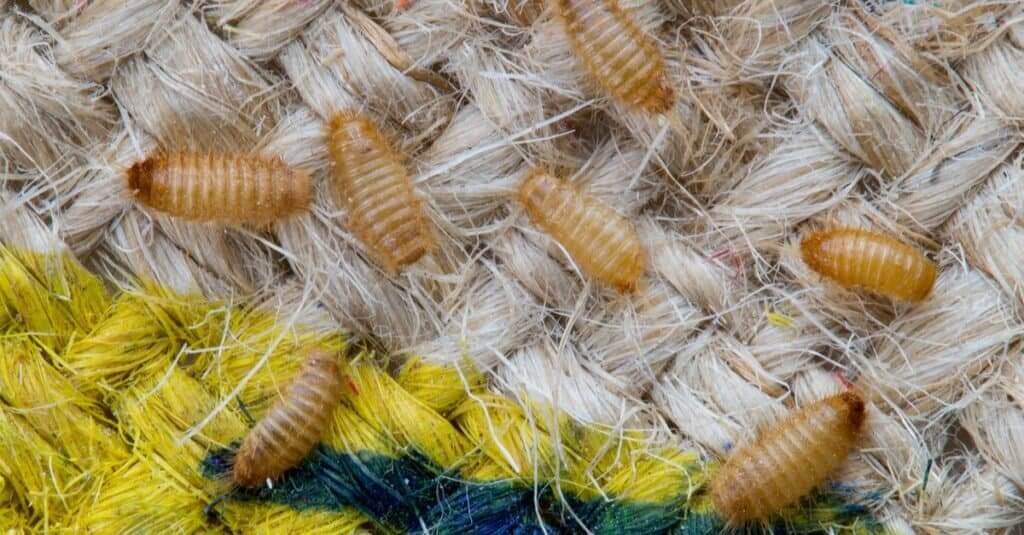Carpet beetles are small bugs that look a bit like ladybugs or bedbugs. The grown-up ones are really tiny, and they are shaped like ovals. Different black beetle types come in different colors like brown, white, black, yellow, or even a mix of different colors on their bodies. The adult carpet beetles don’t make trouble in our homes. It is actually their babies- the larvae that cause problems and damage stuff inside the houses.
Carpet beetles are tiny, unwelcome guests that can infest our homes, feeding on various materials like carpets, clothing, and upholstery. While the adult beetles are often the most noticeable culprits, the carpet beetle eggs are the hidden architects of destruction.
In this blog, we will take a closer look at what carpet beetle eggs look like and how to identify them so that you can protect your home and belongings from these pesky pests.
An Overview of Carpet Beetle
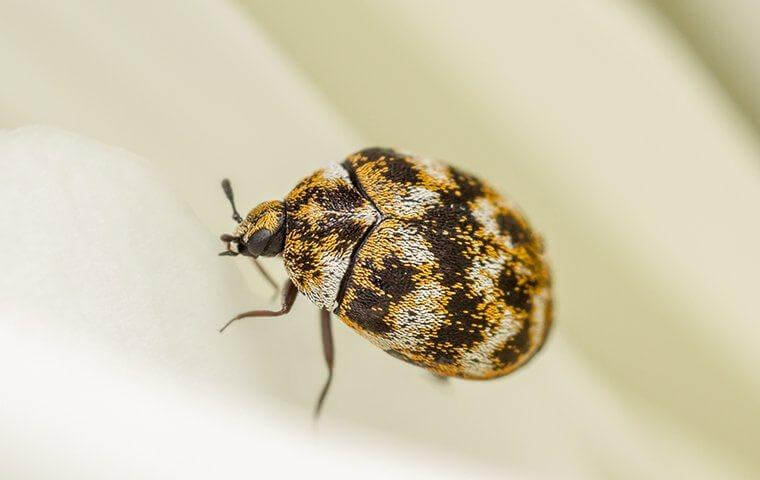
Carpet beetles are small insects that belong to the family Dermesticidae. They sneak into our home and cause trouble. They are notorious for their ability to infest our homes and cause damage to a wide range of materials, including natural fibers like wool, silk, and fur. So, if you find holes in your favorite sweater or spots in your carpet, it is likely because of these tiny bugs.
Carpet beetles have a lifecycle that consists of four stages- egg, larva, pupa, and adult. We will discuss the first stage, which is the egg.
Identifying the Carpet Beetle Eggs
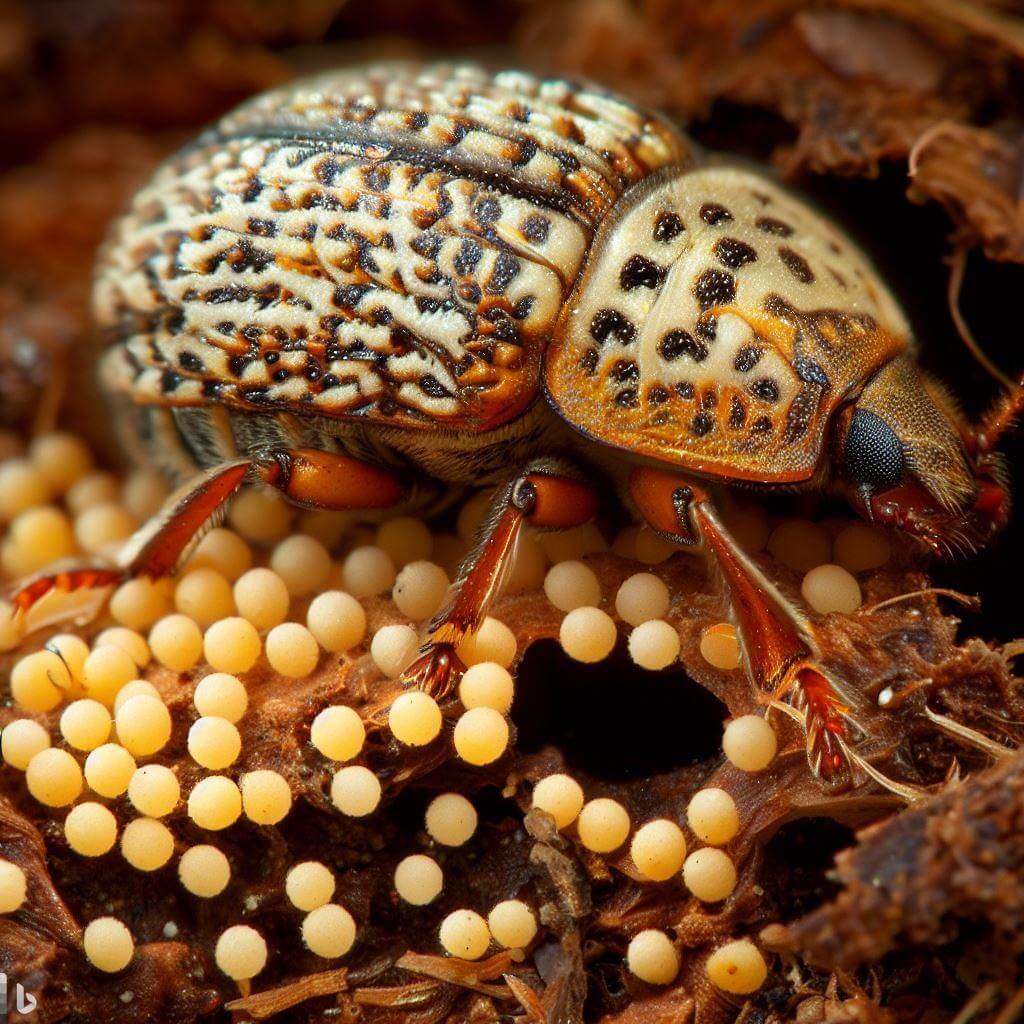
Female carpet beetles lay their eggs on or near potential food sources. The eggs are typically small, oval-shaped, and quite difficult to spot with the naked eye. They are the starting point for the carpet beetle’s lifecycle. Identifying carpet beetle eggs can be a bit tricky because they are tiny and often go unnoticed. However, it is essential to spot them early to prevent an infestation.
Here is how you can identify carpet beetle eggs:
1. Size
Carpet beetle eggs are tiny, usually no larger than 1 millimeter. They are among the smallest insect eggs you may encounter, making them difficult to see without some form of magnification. Imagine trying to spot something smaller than a grain of sand. So you need special tools like a magnifying glass. Without that, they are almost invisible to our eyes.
2. Shape
These eggs typically have an oval or elongated shape, resembling tiny grains of rice or seeds. This shape is consistent across different species of carpet beetles.
3. Colour
The color of carpet beetle eggs can vary slightly depending on the specific species, but they are generally white or off-white. Some may have a slightly translucent appearance, which means you can see through them.
4. Clustering
Carpet beetle eggs are often laid in clusters, making them slightly more visible if you come across a group of them. This clustering behavior is the key characteristic that distinguishes them from other types of insect eggs. It is like they are sticking together in one spot. This way, they are scattered all around, which helps them stay safe and warm until they hatch.
5. Location
Female carpet beetles typically lay their eggs in areas where their larvae can easily access food. Common locations for carpet beetle eggs include carpets, rugs, upholstered furniture, and clothing made from natural fibers. They may also be found in dark, hidden corners of your home where they are less likely to be disturbed.
Identifying carpet beetle eggs is crucial because it can help you detect an infestation in its early stages. By recognizing these tiny oval-shaped eggs and knowing where to look for them, you can take proactive measures to prevent carpet beetle larvae from damaging your belongings. Regular inspection and cleaning routines in areas where carpet beetles are likely to lay their eggs can go a long way in protecting your home.
When Do Carpet Beetles Lay Eggs
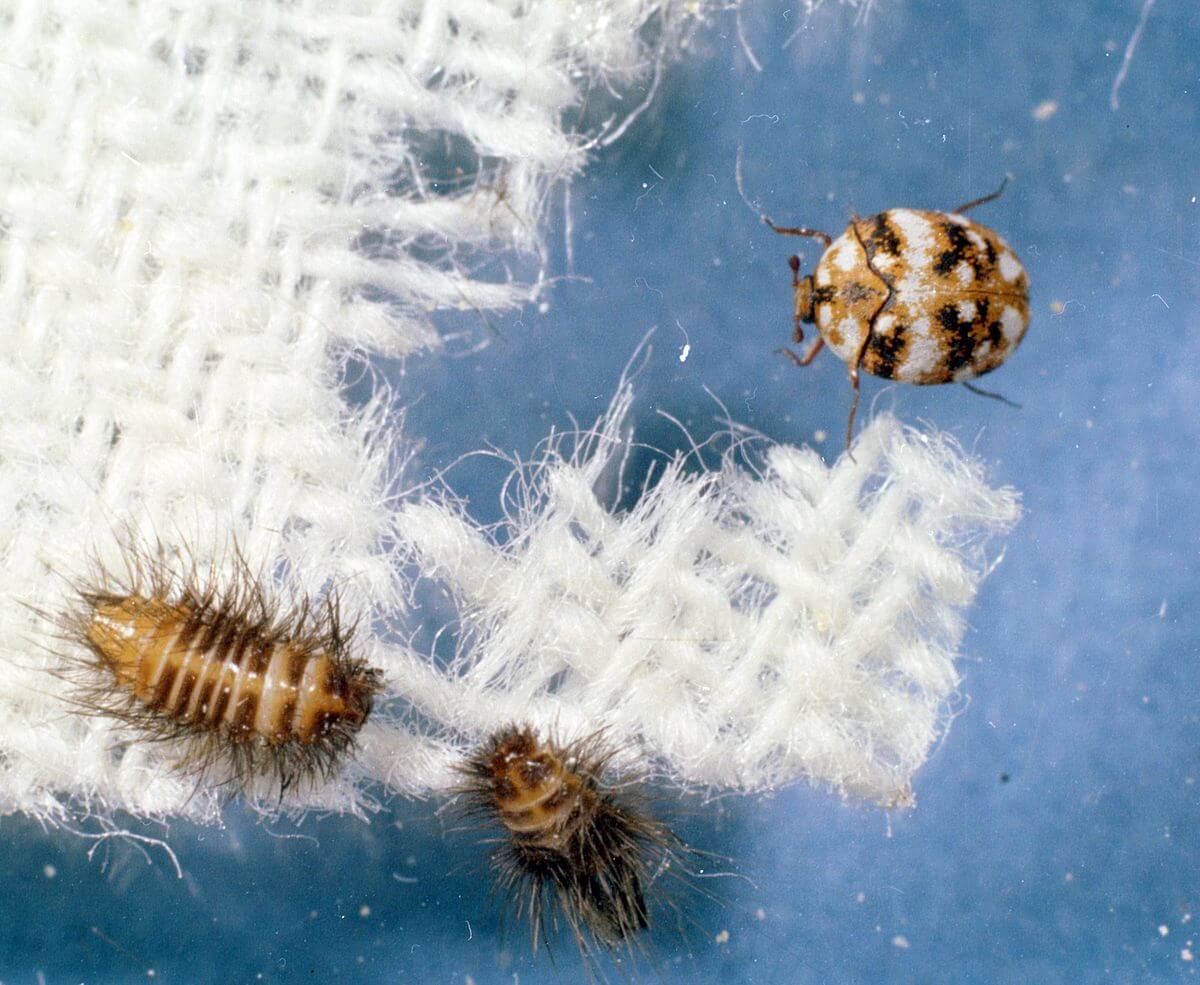
Carpet beetles typically lay their eggs during the warmer months, which is usually in the spring or early summer. This is because warmer temperatures provide a more favorable environment for the eggs to develop and for the young larvae to find food. Carpet beetle eggs are usually laid near potential food sources like carpets, rugs, upholstered furniture, and clothing made from natural fibers. The female carpet beetle seeks out these areas to deposit, ensuring that the hatched larvae easily access their preferred food.
It is essential to be vigilant during these warmer months and take preventive measures to avoid infestations. Regular cleaning, inspecting hidden corners of your home, and properly storing natural fiber items can help deter carpet beetles from laying eggs in your living spaces and protect your belongings from damage.
How to Prevent Your House from Carpet Beetle Infestation
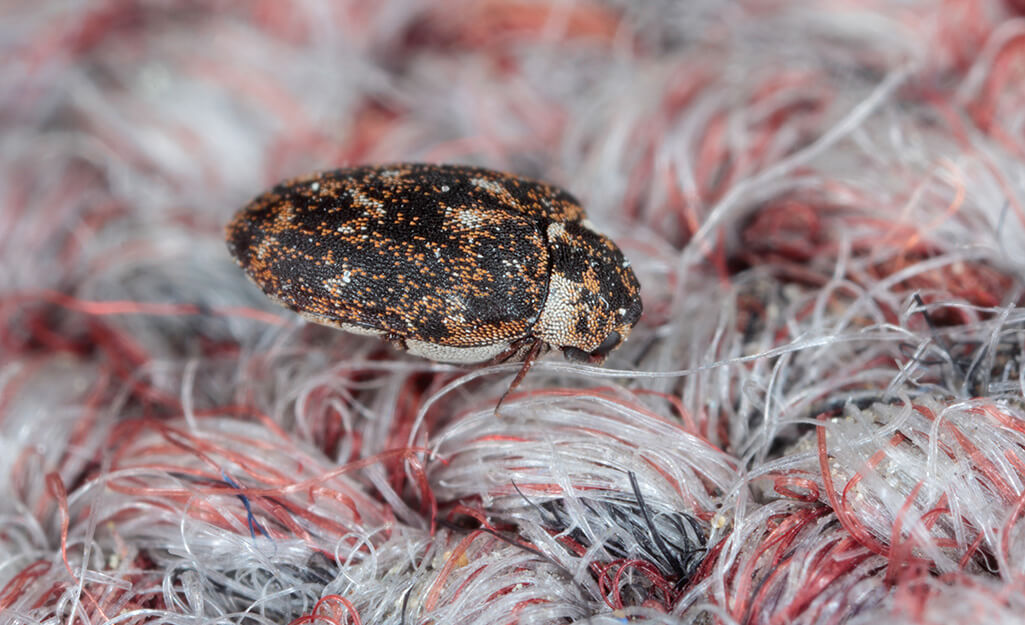
Guarding your home against beetle infestations is essential as they can bring substantial inconvenience. Here is how you can keep them away:
- Clean Everything: Make sure to clean all your carpets, rugs, and furniture to remove any hidden eggs or baby beetles and kick them away—also, clean dark and undisturbed areas where items are rarely moved.
- Vacuum After Treatment: After cleaning the area, use a vacuum cleaner to suck up the remaining beetle eggs. This stops them from hatching.
- Dispose Of The Vacuum Bag: When you are done vacuuming, throw away the bag to get rid of the eggs.
- Fresh Air: After you have dealt with the beetles, open your windows for about 20 minutes. This will let fresh air come in, keep your home beetle-free, and eliminate the beetle eggs.
Conclusion
Carpet beetle eggs are like the tiniest grains you can imagine, often less than 1 millimeter in size. Identifying carpet beetle eggs is a valuable skill for protecting your home from these tiny intruders. These eggs may be small and hard to see without some help. Additionally, the fact that they tend to cluster together is a key characteristic that differentiates them from the eggs of other insects.
By understanding what carpet beetle eggs look like and where to search for them, you can take proactive steps to prevent infestations and safeguard your belongings.
Be sure to check out these other posts for more insights and information:

